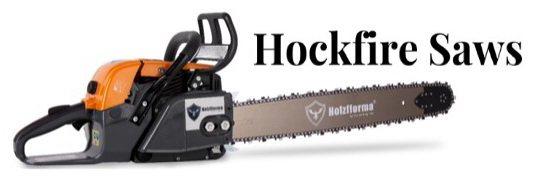SawAddictedFarmer
Super OPE Member
- Local time
- 8:01 AM
- User ID
- 34199
- Joined
- Sep 3, 2025
- Messages
- 424
- Reaction score
- 897
- Location
- Illinois
I think it's when your chain cuts to fast.
I wouldn't try to "repair" the tooth shown in first post. When it dulls and needs attention (sharpened) again, do as Kevin suggests and file slightly higher. Depending on where your depth gages are set, chains with too much hook can be grabby. The top plate will either slice or carve the wood fibers depending on the angle. Think of a knife slicing tomatoes vs a mason chisel busting bricks.Let’s say hypothetically I went from what’s shown in my first post (deemed aggressive) and got too much hook.
What type of stroke brings it back to a more subtle C shape? I practiced some more
I have no idea what I’m gonna go buck until it shows up. I got the husky guide inbound to work on the muscle memory.Honestly that cutter in the picture would work just great on the soft wood I cut most times and i sharpen mine similarly for balsam and pine, put less hook in for ash and maple. I don’t hand file much anymore other than a touch up here and there. I bring 3-4 chains and swap when dull and grind them when I get home.
Got it inbound, will hopefully make a more durable cutter soon. I do notice my 2 in 1 filing on my picco chain makes the rakers super low.Larger dia file or holding it higher will reduce C
Try a husky roller guide to get the feel
Yeah need to be careful to not put lots of downward pressure just back into tooth.Got it inbound, will hopefully make a more durable cutter soon. I do notice my 2 in 1 filing on my picco chain makes the rakers super low.
You can affect that by lifting or pushing down on the 2n1, the guide rails bend. Not all guides work with all brands of chain. Sometimes you gotta take a file and file off an interference first.Got it inbound, will hopefully make a more durable cutter soon. I do notice my 2 in 1 filing on my picco chain makes the rakers super low.
If you have too much hook, it will chatter, this can be combatted somewhat by higher rakers...and vice versa. If you stop in the cut in stringy wood, the chain will get stuck. Really bad in monterey pine here.I have no idea what I’m gonna go buck until it shows up. I got the husky guide inbound to work on the muscle memory.
I already used their loose raker guide
I’ll have to seek out some 1/4 files, all my current files are Stihl and husky 7/32If you have too much hook, it will chatter, this can be combatted somewhat by higher rakers...and vice versa. If you stop in the cut in stringy wood, the chain will get stuck. Really bad in monterey pine here.
On new 3/8" chain a 1/4" file makes a nice durable cutter. See early in "bunch of random pics of cutters".
As the cutter wears, you can go progressively smaller in file diameter....or grind one side of the 1/4" file down so it functions like a hexa file with one bald side to ride in the bottom of the cutter and maintain height.
PM me your address, I ended up with too many and I run grinders now.I’ll have to seek out some 1/4 files, all my current files are Stihl and husky 7/32
Thanks so much, I am excited to hone my sharpening skills. I had some nice chips today, even some really long ones from my most recent sharpening attempt. But I certainly want to make my cutters more durable.PM me your address, I ended up with too many and I run grinders now.
Yes, file out the channels/groove so it settles on top of the tie straps!Well I got my roller guide, it’s not quite right for the Dukes chain. Was still worth the price for the flat file and rounds in the kit.
Can I hog out the channels to make it sit lower?
Easy enough, I’ll work on that tomorrow






